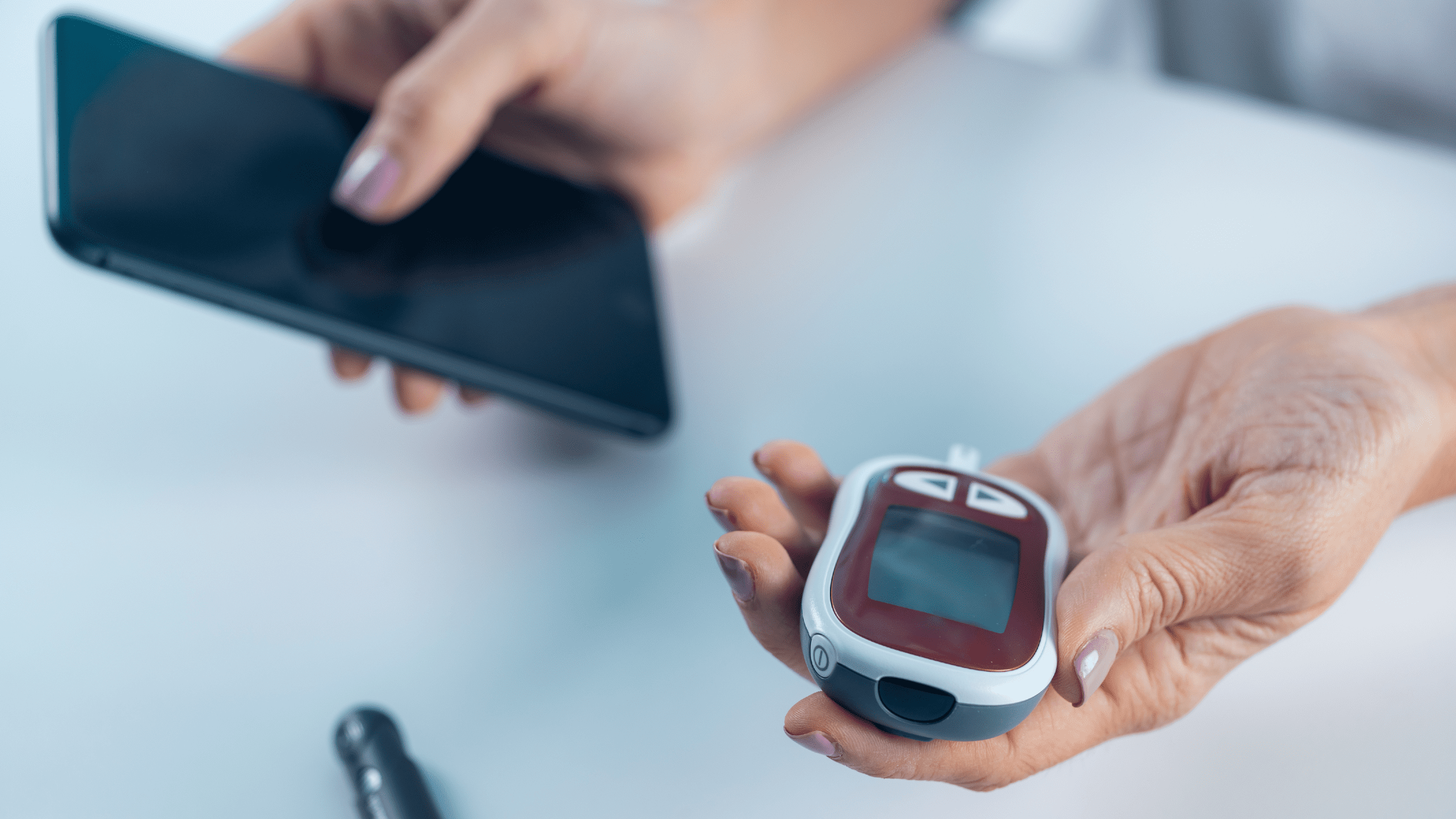Metrics Measured by Wearable Devices

USA
Thank you for reaching out to Sigma Software!
Please fill the form below. Our team will contact you shortly.
Sigma Software has offices in multiple locations in Europe, Northern America, Asia, and Latin America.

USA

Sweden

Germany

Canada

Israel

Singapore

UAE

Australia

Austria

Ukraine

Poland

Argentina

Brazil

Bulgaria

Colombia

Czech Republic

Hungary

Mexico

Portugal

Romania

Uzbekistan
DISCLAIMER: We’re not an official Dexcom partner. Information on how to interact with Dexcom’s devices is available in their API documentation: https://developer.dexcom.com/docs/
Diabetes is a lifelong illness that needs constant attention on one’s blood glucose levels and his or her physical activity. However, it can be time-consuming and labor-intensive, especially in handling large and complex tasks, which makes the management of the process difficult. To address these concerns, a new Integrated Diabetes Management App (IDMA) based on Dexcom API is presented as a new overall solution that can be seamlessly added to existing Dexcom’s CGM systems as a solution for better optimization of glycemic control and overall status of people with diabetes.

1. Automatic Data Import from Dexcom CGM Devices:
2. Integration with Wearable Fitness Devices:
3. Personalized Insights and Recommendations:
4. Security and Privacy Measures and User-Friendly Interface:
5. User-Friendly Interface
In addition to its core functionalities, the Integrated Diabetes Management App leverages various features native to iOS and Android devices to enhance user experience, convenience, and security. The following section outlines the recommended approach for incorporating these features:
1. Biometric Authorization:
2. Voice Assistant Integration:
3. Actionable Notifications:
4. Live Activities / Widgets:
5. Location Tracking:
The Integrated Diabetes Management App is designed to provide a consistent and intuitive user experience by adapting mobile-specific features alongside Dexcom API. This ensures that individuals with diabetes can access the tools they need to manage their condition effectively, regardless of their specific requirements.
Wearable health tracking devices that are popular today like Fitbit, Apple Watch, and Garmin are important for the management of diabetes because they generate a lot of data points from which health conditions can be determined. These devices employ several types of sensors for capturing a number of parameters, the motion as accelerometers and gyroscopes, the pulse, using photoplethysmography (PPG), and other sensors for sleep analysis. This data they obtain encompasses steps, rate of heartbeat, time, energy consumed, as well as the quality and period of sleep.

Connecting with Wearable devices makes it possible for the mobile application to collect and process a significant amount of data, making the picture of users’ physical activity and their state of health as varied as it is rich. Through the process of making wearable metrics, the user’s data will be analyzed through the use of analytics to flag any blood sugar fluctuations in the data inputted by the user. With this approach, the users will be able to engage in informed decision-making from the obtained facts about the lifestyles likely to influence their blood glucose levels and hence the need to control their diabetes.
1. Privacy and Security Architecture for IDMAs and Wearable Devices:
2. Accessibility and Inclusivity Enhancements for Wearable Metrics:
3. Seamless Data Integration between the Mobile App and Wearable Devices:
4. Data Accuracy and Reliability Assurance for Wearable Metrics:
5. Power Management and Optimization Strategies for Mobile App and Wearable Device Interaction:
The Integrated Diabetes Management App is an innovation in diabetes management. It is a convenient, time-optimized, and valuable tool for effective organization and monitoring of diabetes management tasks. By importing real-time data from Dexcom CGM and integrating it with wearable fitness devices, the application provides users with information and guidance on optimal diabetes self-management.

Alexander Saenko is a Field CTO with extended mobile development background with a proven track in computer software. Proficient in team management, software development, and business communication. Holds a Master's degree in Computer Science, dedicated to delivering innovative solutions.


On November 27, in Lviv, Forbes AI Summit brought together entrepreneurs, technology leaders, and scientists for an honest conversation about how AI is reshapin...

The EU Data Act went live in September 2025. Its rollout across Europe has been uneven, with only a few member states having completed the national set-ups. Nev...

For years, manufacturers have been talking about the advantages of shifting to outcome-based business models. The rise of AI has made the opportunity for transf...
Would you like to view the site in German?
Switch to German